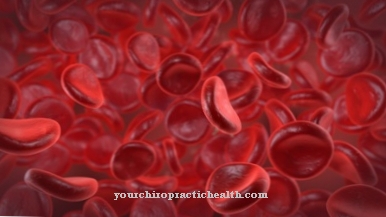Stretching exercises is usually an expression of intensive physical training. The muscles are subjected to tensile stress, which is intended to achieve better mobility. However, incorrect stretching or excessive strain can also result in discomfort. It is therefore important that the movements are carried out gently.
What is stretching?

Muscle stretching is primarily part of popular and competitive sports. In addition, it represents an important part of physiotherapy. To what extent stretching is useful and important, depends on the individual sport and physical condition. The different methods of stretching are also criticized.
This leads to controversial discussions between sports scientists and physiotherapists about the effectiveness and execution of various exercises. In general, regular stretching after exercise should contribute to faster regeneration and improved health. Flexibility and mobility are increased and a shortening of muscles due to strength training is prevented. The respective stretching position is maintained for at least 20 seconds. The tension should be clearly noticeable, but the body should not be forced into a certain position. After a sport session, you should pay particular attention to the strained muscles when stretching.
In the past, stretching was often done before and after exercise. Nowadays, stretching before the actual activity is considered less helpful. If you have any questions or doubts about stretching, physiotherapists and sports scientists are particularly recommended. If you experience pain after stretching, you may want to see a doctor.
Function, effect & goals
Stretching has different goals. First of all, she wants to increase the athlete's mobility. Mobility is defined as the range of movement that can be achieved through joints, muscles and connective tissue. A distinction is made between active and passive mobility. Active mobility describes the range of flexibility that is created solely on the basis of the muscles.
Passive mobility, on the other hand, involves the use of body weight or external force. Because mobility primarily depends not only on anatomical conditions, but also on the elasticity of muscles, tendons and ligaments, regular stretching can bring about improvements. However, the stretching exercises must be carried out consistently. An increased range of motion is beneficial for some sports, such as kickboxing or muay thai. Optimal mobility also promotes coordination and strength, which means that an increase in performance can be observed.
Apart from sporting demands, stretching should maintain a person's natural mobility. In the course of life, the mobility of an adult often decreases significantly compared to that of a small child. Stretching exercises can counteract this. Stretching is also a medical measure. This is used when a muscle shortening or joint restriction severely restricts the musculoskeletal system. The usual flexibility can be regained by stretching. However, especially after an accident, it is important that a physiotherapist is present when performing the exercises. Only when the patient has mastered stretching can they complete their training at home. During the stretching, the muscle is pulled apart.
A distinction is made between two methods: dynamic and static stretching. With dynamic stretching, the stretching position is assumed first. Subsequently, springy, slightly sweeping movements within the posture should help to release tension, improve coordination and increase mobility. Dynamic stretching is usually characterized by a somewhat weaker stretching stimulus and is used in some sports as part of warm-up training. A specific posture is also adopted in statistical stretching. The athlete then remains in his position for about 20 seconds without any further movements.
After releasing, the stretch posture is usually performed at least a second time. Another distinction is made with static stretching. The passive static stretching is brought about and maintained by external help. This makes it easier to control. At the same time, however, passive static stretching is also considered to be less effective. In active static stretching, the athlete first tenses the muscles. In the further course he releases the tension and goes directly into his stretching position.
You can find your medication here
➔ Medicines against tension and muscle painRisks, side effects & dangers
Stretching has advantages especially for athletes. However, carelessly performing the exercises can also result in discomfort. If the stretching stimulus is too strong, a contraction occurs in the muscle fibers, which ensures that the muscle does not tear. This is indeed a protective function. At the same time, the effect of stretching is greatly impaired in this way.
In addition, a sudden tensile stress is to be criticized. Muscle injuries may occur, especially if this is done at a brisk pace. Most of the time, the body sends sufficient signals to alert you to the overload. If these are ignored and the stretching is intensified despite the greater pain, cartilage damage and fiber tears in the area of muscles, tendons and ligaments occur. Structures that were damaged before the stretching exercise are particularly at risk.
Because strong stretching after more than 20 seconds often reduces the sensation of pain within the tissue, such injuries sometimes develop unnoticed. Intensive stretching exercises on muscles affected by sore muscles should be avoided. Thus stretching is a useful addition to training. In order to avoid injuries and pain, the muscles should be warmed up well and the exercise itself should be carried out carefully.









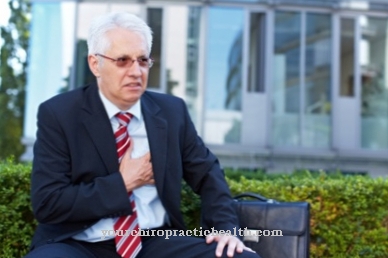
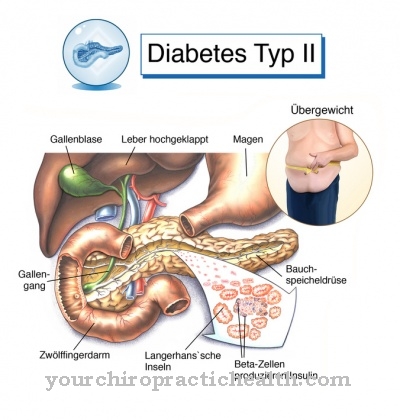
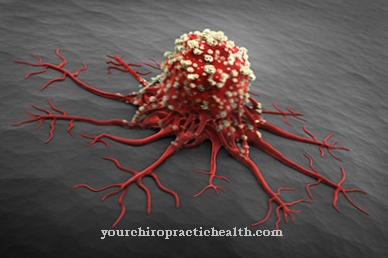
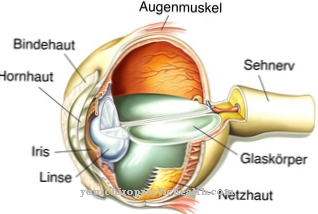


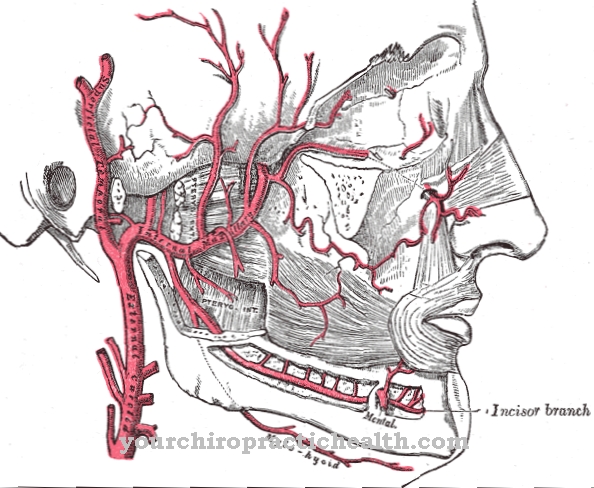




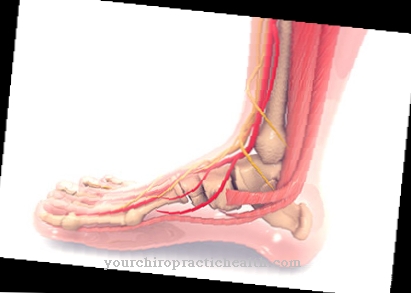
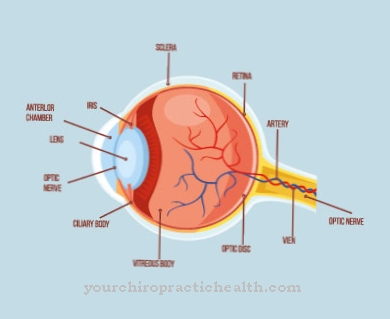

-eisenmangelanmie.jpg)
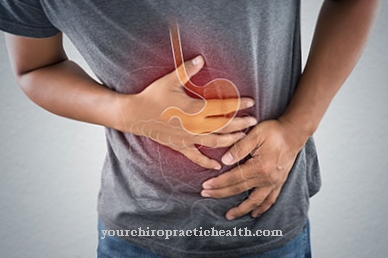
.jpg)


